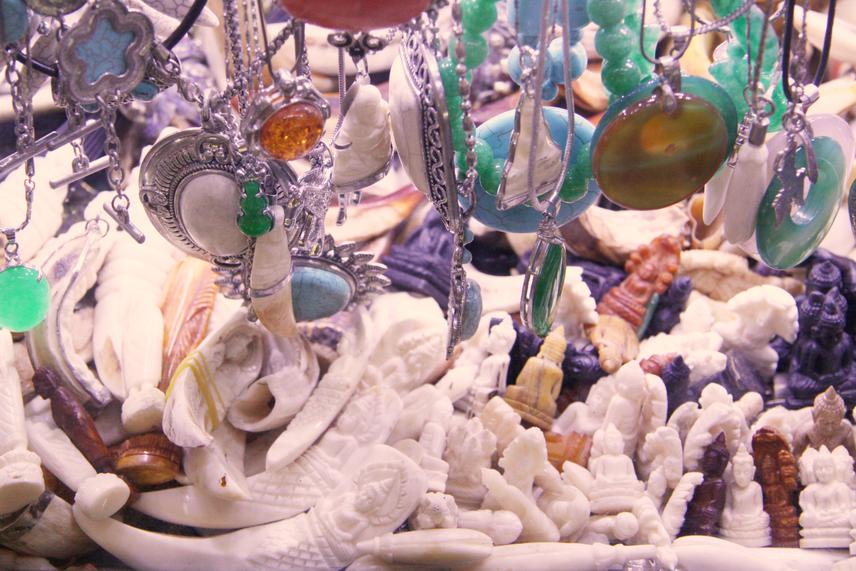Trang Nguyen
Other projects
6 Apr 2017
The Impact of Traditional Asian Medicines on African Wildlife: The Role of East Asian Immigrants
This project aims to identify the hotspots for ivory and other elephant products traded in Cambodia and to make a meaningful contribution to global efforts to tackle wildlife crime, especially Cambodia’s so far limited contribution.

Elephants and the ivory they carry have been important elements of Asia’s history and culture for centuries. Since the latter part of the 20th century the future of Southeast Asian's wild and captive elephants has become uncertain. In 2014, Cambodian authorities intercepted 3 tons of illegal ivory at Sihanoukville port, making it the largest ever seizure in the country. The patterns in ivory consumption have been studied intensively in other countries, however very little is known about those in Cambodia. Although ivory items are considered to be sold to foreign tourists, Cambodians also have an appetite for ivory. Cambodia's economic growth has held up well despite domestic uncertainty and instability in neighbouring countries. Previous research has shown that wealth rather than poverty appears to be a strong driver of demand for wildlife products in Asia. Also, Cambodia is known as a transit point for the illegal trade of ivory from Africa to Vietnam and China. However, with the rapid economic growth, Cambodia could become a major consumer of ivory in the near future.
In addition, China has become a major source of both entrepreneurial and labour immigration to Cambodia. There is no reliable figures for the population of Chinese immigrants in Cambodia, however it has been estimated that the number could range from 70,000 to 160,000; with approximately 3000 registered business and around 120 Chinese factories. In the first three months of 2015, there have been 187,126 Chinese tourists visited Cambodia. Chinese tourists is known for spending a huge amount of money abroad, especially on expensive and luxury items, or on items that are cheaper aboard than in China. Not only shopping for themselves, they tend to shop for their entire family and friends. These luxury items not only convey a standard of excellence, but also act as a social code indicating access to the rare, exclusive and desirable. Early 2015, the China's state forestry administration announced that China imposed a one-year ban on the import of ivory. it raised a concern that Chinese demand for ivory might increase the scale of black markets for ivory in neighbouring countries, such as Thailand, Vietnam and Cambodia. This project will undertake a study of the illegal ivory trade, identifying the hotspots for ivory and other elephant products (i.e. elephant hair jewellery) in Cambodia, also intends to identify ivory consumers and their motivation in purchasing and owning ivory items.